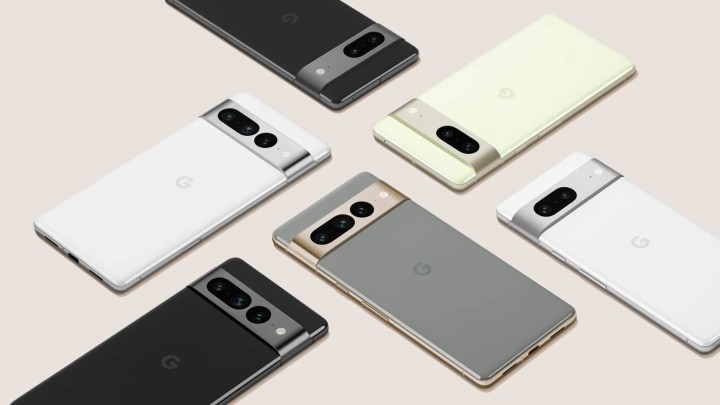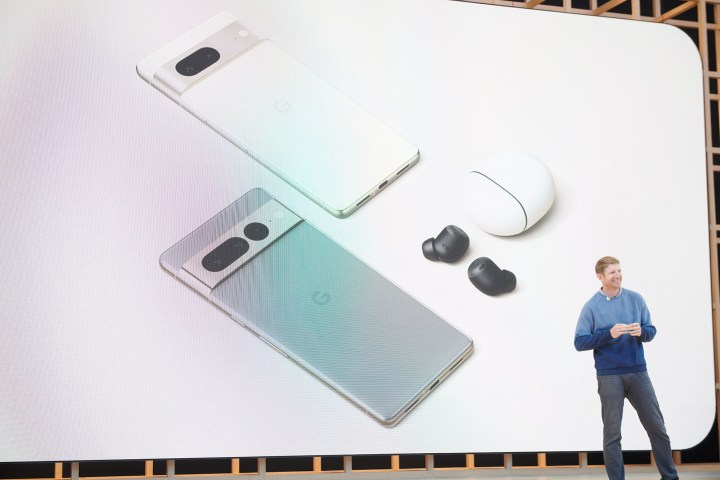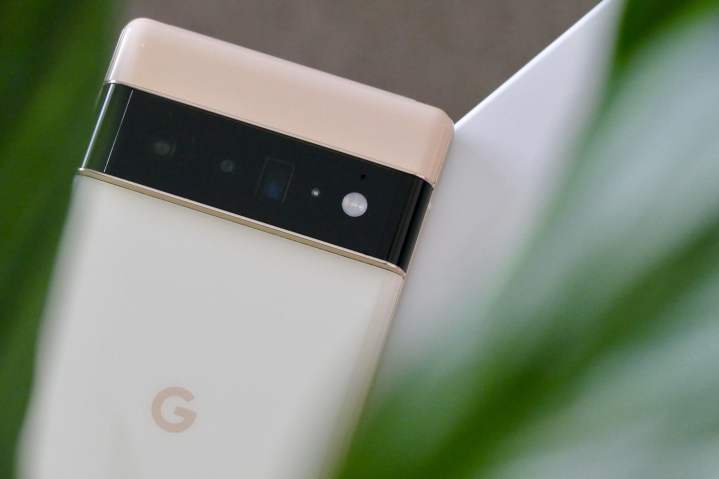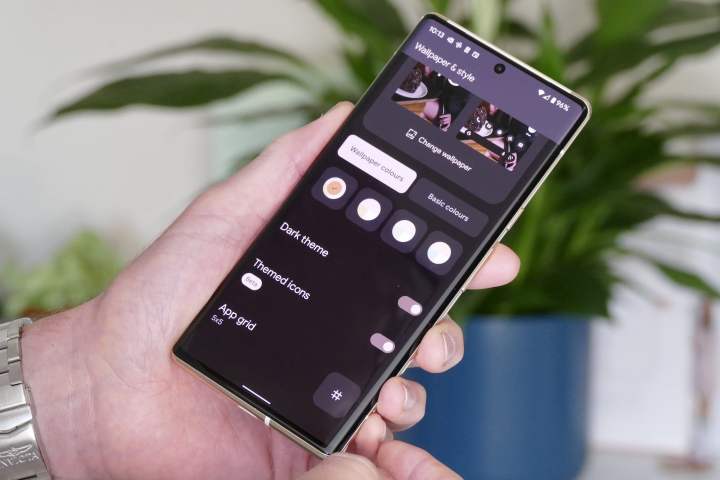With the Pixel 6 and Pixel 6 Pro being out for nearly a year, Google is preparing the Pixel 7. Google officially teased the Pixel 7 series at its I/O conference this May, and since then, anticipation has only grown. The Pixel 7 is launching toward the end of the year and will be Google’s answer to the iPhone 14.
Alongside Google’s official announcement, details about the phone have trickled out over the past few months, giving us a somewhat clear look at what to expect. As with all leaks and pre-release information (even from the manufacturer itself), take this with skepticism.
Models

As has been standard with all Pixel phones except the Pixel 5, Google will be launching at least two models of the Pixel 7. These will be called the Pixel 7 and Pixel 7 Pro. They will share similar designs to last year’s Pixel 6 handsets, but with the usual spec upgrades scattered throughout.
This is a release strategy Google’s frequently used for the Pixel series. Last year gave us the Pixel 6 and Pixel 6 Pro, before that was the Pixel 4 and Pixel 4 XL, and so on.
Design

The Google Pixel 7 is to inherit a lot of what Google built into the Pixel 6. It looks quite close to the Pixel 6, with the exception of slight changes to the camera visor or camera bar (or whatever you want to call it). This means the visor-like rear camera will thankfully remain a design fixture, as will the centered hole-punch camera at the front. The two tone-design on the glass is sadly gone, but Google is making use of the camera bar to add that extra touch of color this time around.
For a company that moved away from a distinct design with the Pixel 4 and 5, to take ownership of such a striking look can only be a good thing for brand recognition. The Pixel 6’s design truly stands apart from other smartphones. Iterating on it means carving out a look. It’ll be a good choice if Google can keep it going.
Specs
Google is expected to be making some changes to the Pixel 7 and 7 Pro. Notably, the screen size of the Pixel 7 is coming down to 6.2 inches. The Pixel 7 Pro is expected to go up a little and ship with a 6.8-inch display.
Inside, Google is expected to continue eschewing Qualcomm Snapdragon processors and keep working with its own in-house Tensor chips. There have been reports of a Tensor 2 chip in the works, which Google has confirmed. While that would undoubtedly be more powerful, power is not the area where Google’s first Tensor floundered. The company’s choice of modem resulted in an inconsistent signal performance that has led to a deleterious effect on the battery as shown by battery tests run by both GSMArena and DXOMark. Hopefully, the second-generation Tensor chip fares a bit better.
That said, questions have been raised about how much more powerful Google’s Tensor 2 would be. Analysis of a Pixel 7 Pro prototype that has been circulating from eBay has revealed that the chip would keep the same CPU core configuration as the last one. The GPU could still see upgrades, as could the image signal processor and custom Tensor Processing Unit, but the CPU performance gap between Tensor and Apple or Qualcomm’s processors isn’t expected to narrow.
Cameras

Google’s Pixel 7 and Pixel 7 Pro are expected to keep the same camera layout and specs as the Pixel 6 and 6 Pro. This means the Pixel 6 will have a 50-megapixel main camera and a 12MP ultrawide camera, while the Pixel 7 Pro will add a 48MP telephoto lens to the layout.
Google has done this before with the Pixel 3, Pixel 4, and Pixel 5 all sporting the same camera. To be clear, the hardware is good, and the camera experience of both phones is excellent. The reasoning here could be the same, with Google focusing on getting the most use of the camera hardware before moving on to newer ones.
Price and availability

Google’s Pixel 7 is expected to break cover at the company’s annual #MadebyGoogle event in October. As for pricing, the Pixel 6 and Pixel 6 Pro were aggressively priced, leading to Google making gains in the premium market (at least in North America). It would be wiser for the company to stick with the $600 and $900 starting prices, rather than raising the prices to compete with the likes of Apple and Samsung, both of whom still retain substantial mindshare and ecosystem advantages over Google’s products.
Anything else?

Other Google Pixel-branded products expected to arrive this year are the Pixel Notepad, Pixel Watch, and Pixel 6a. The 6a is first on the slate, with Google making it available at the end of July after a Google I/O announcement. This would serve as a bridge between the Pixel 6 and Pixel 7, and be Google’s first phone release in 2022. It’ll look a lot like the Pixel 6 and 7, but the newest Tensor 2 processor and far more powerful cameras and internals would go a long way toward setting it apart from the more expensive models.
The Pixel Watch will be coming with the Pixel 7 later this year. Google has yet to share pricing and availability on that, however. And for the Pixel Notepad — Google’s long-rumored foldable — it remains a mystery. Some people believe it could make a surprise appearance before 2022 is over, but we could also be waiting until 2023 (or later) before that shows up.
Editors’ Recommendations




